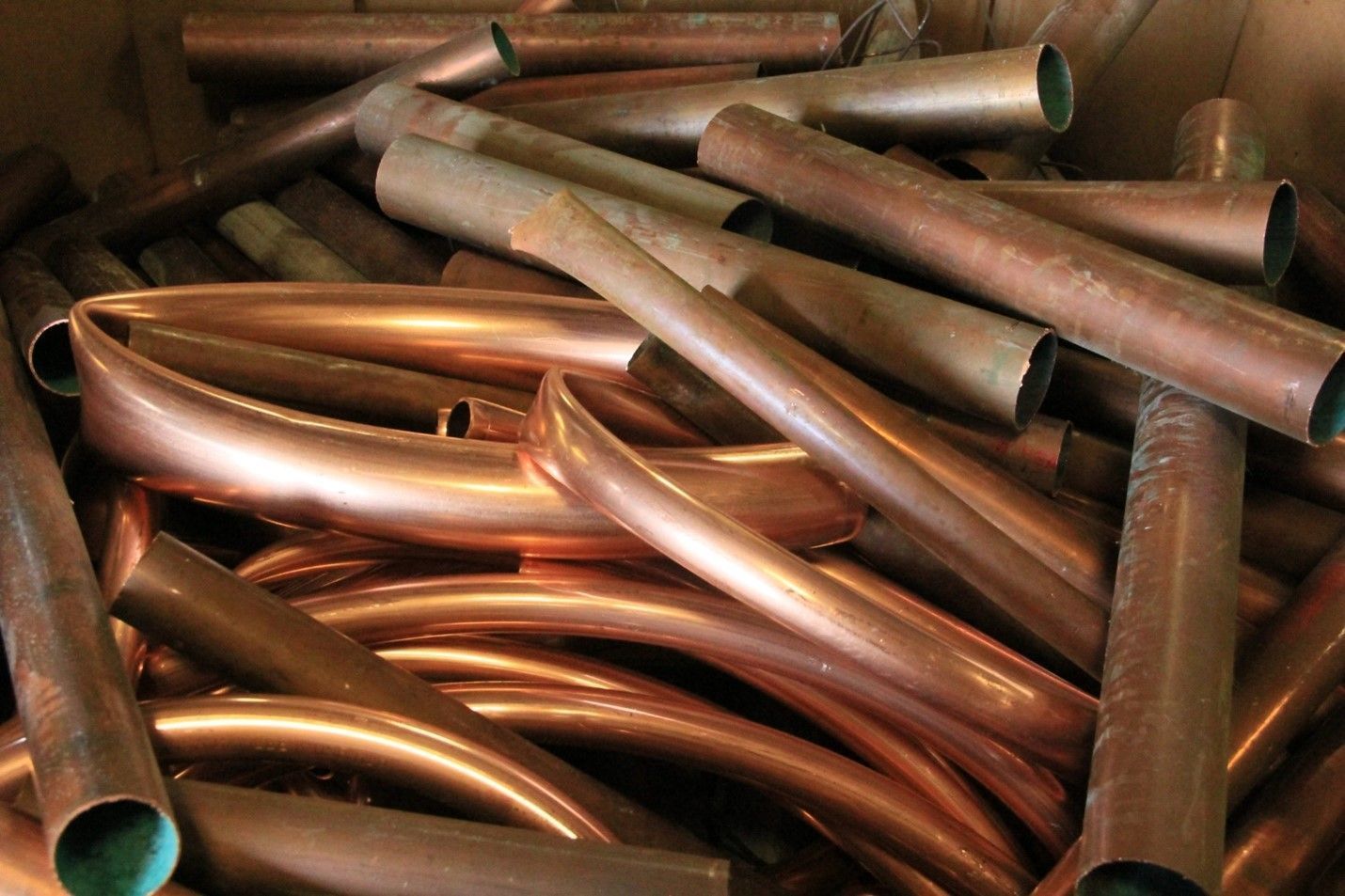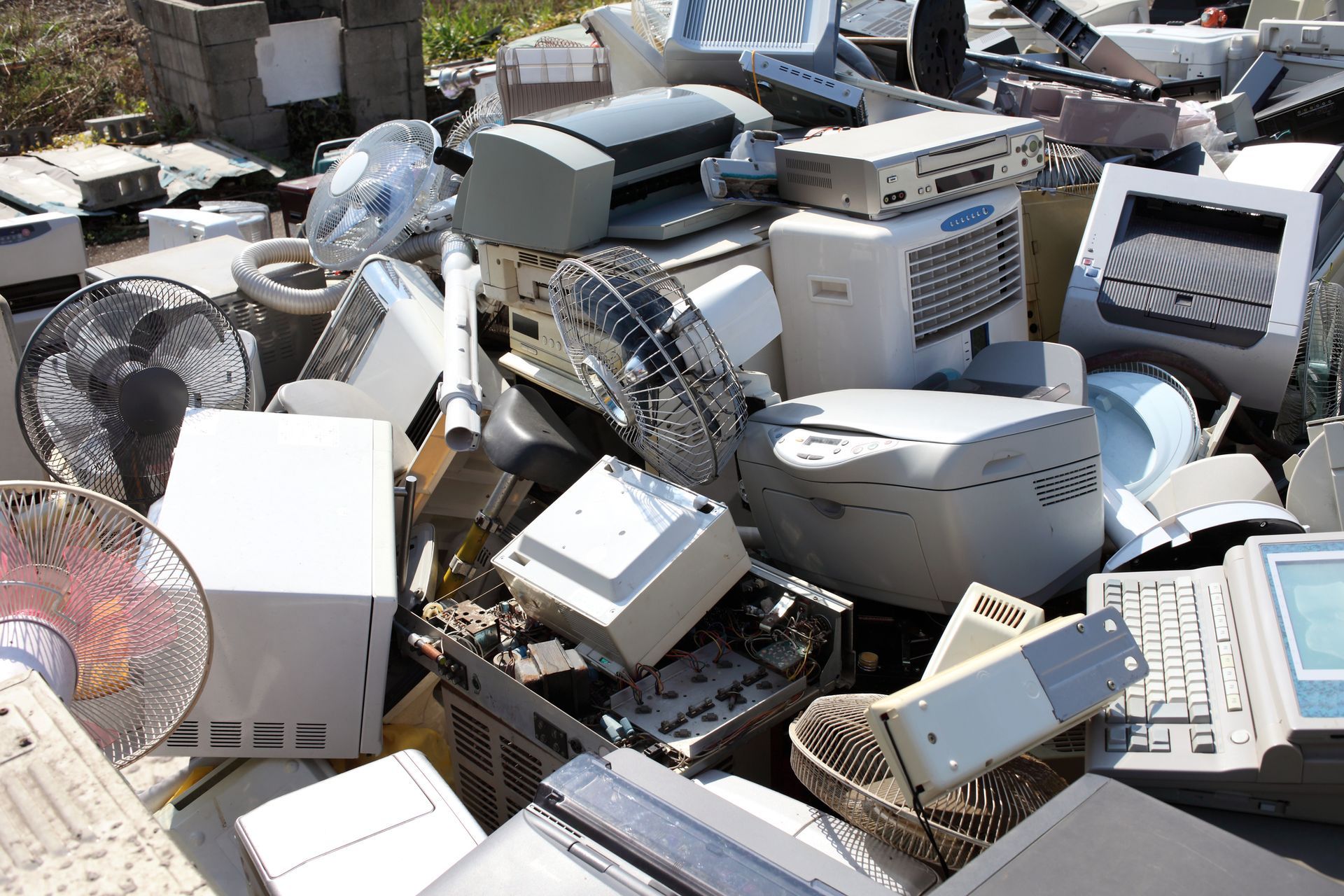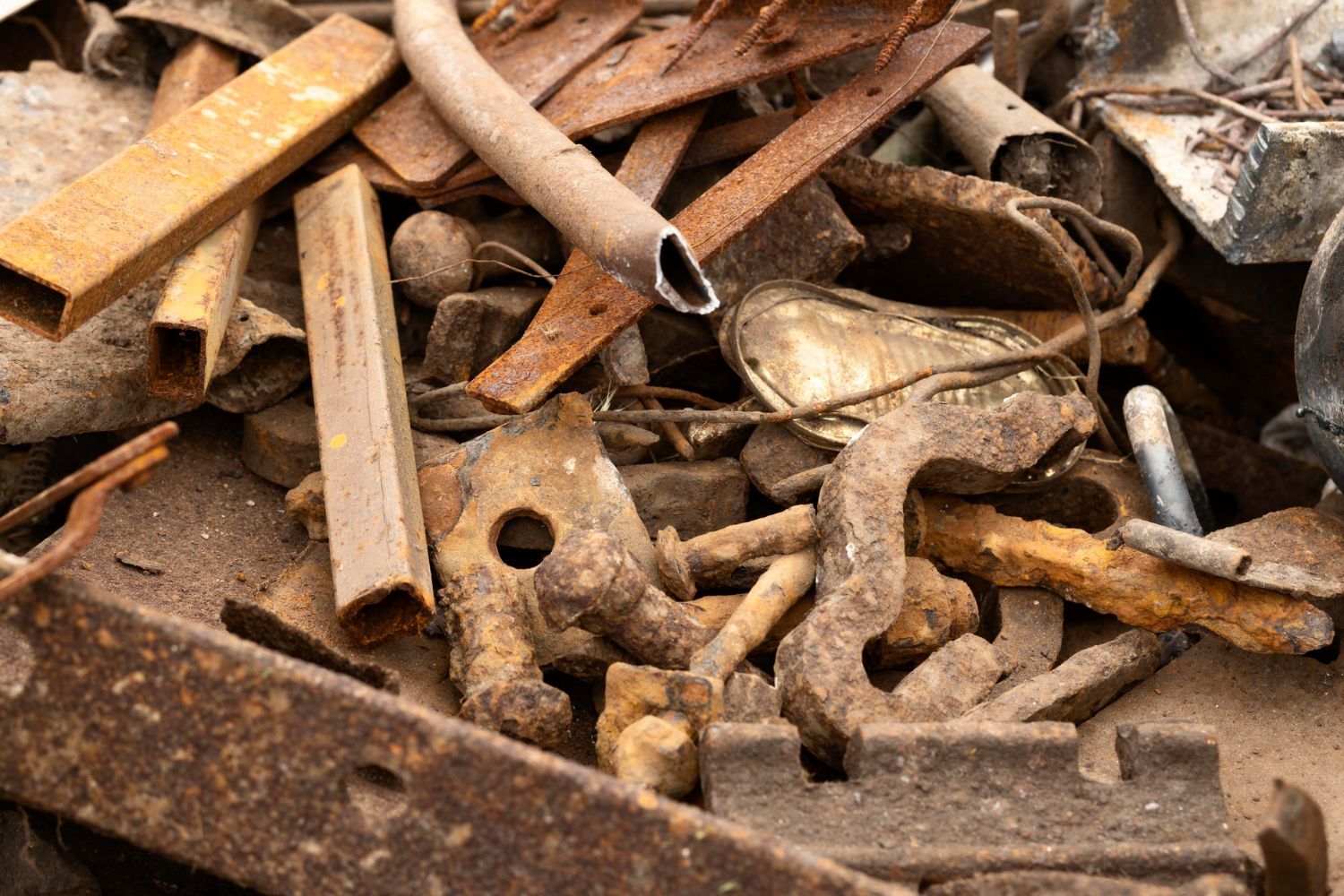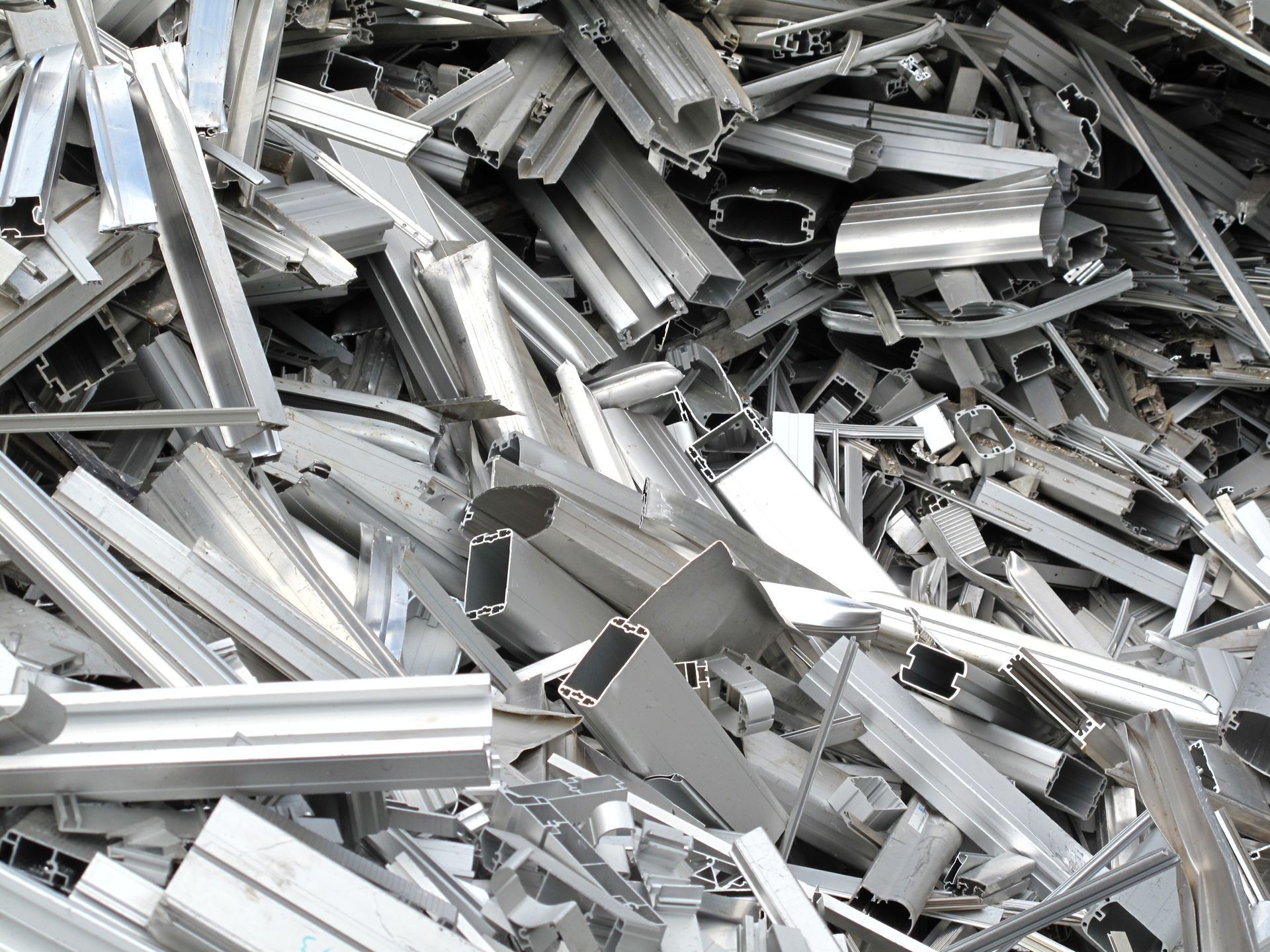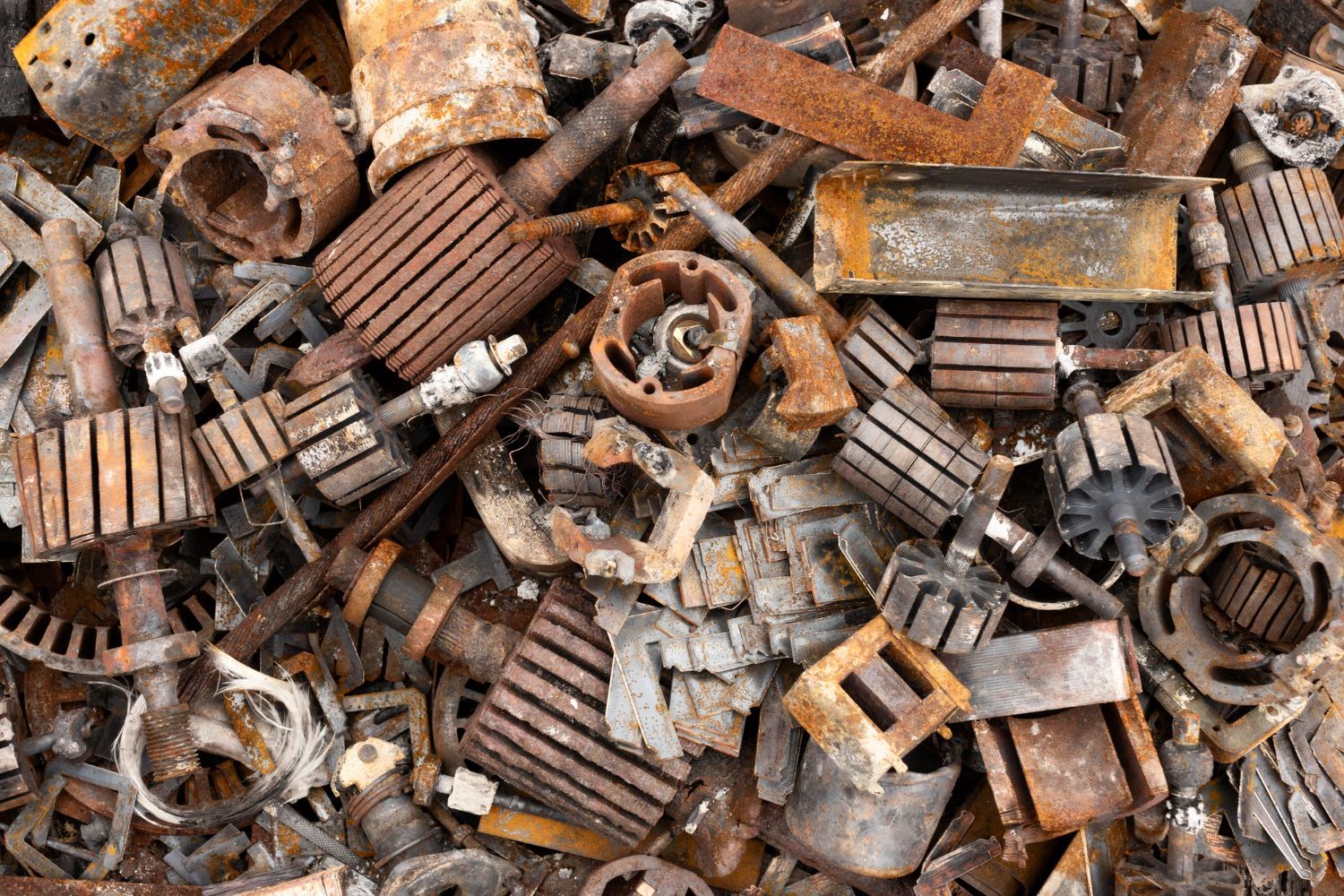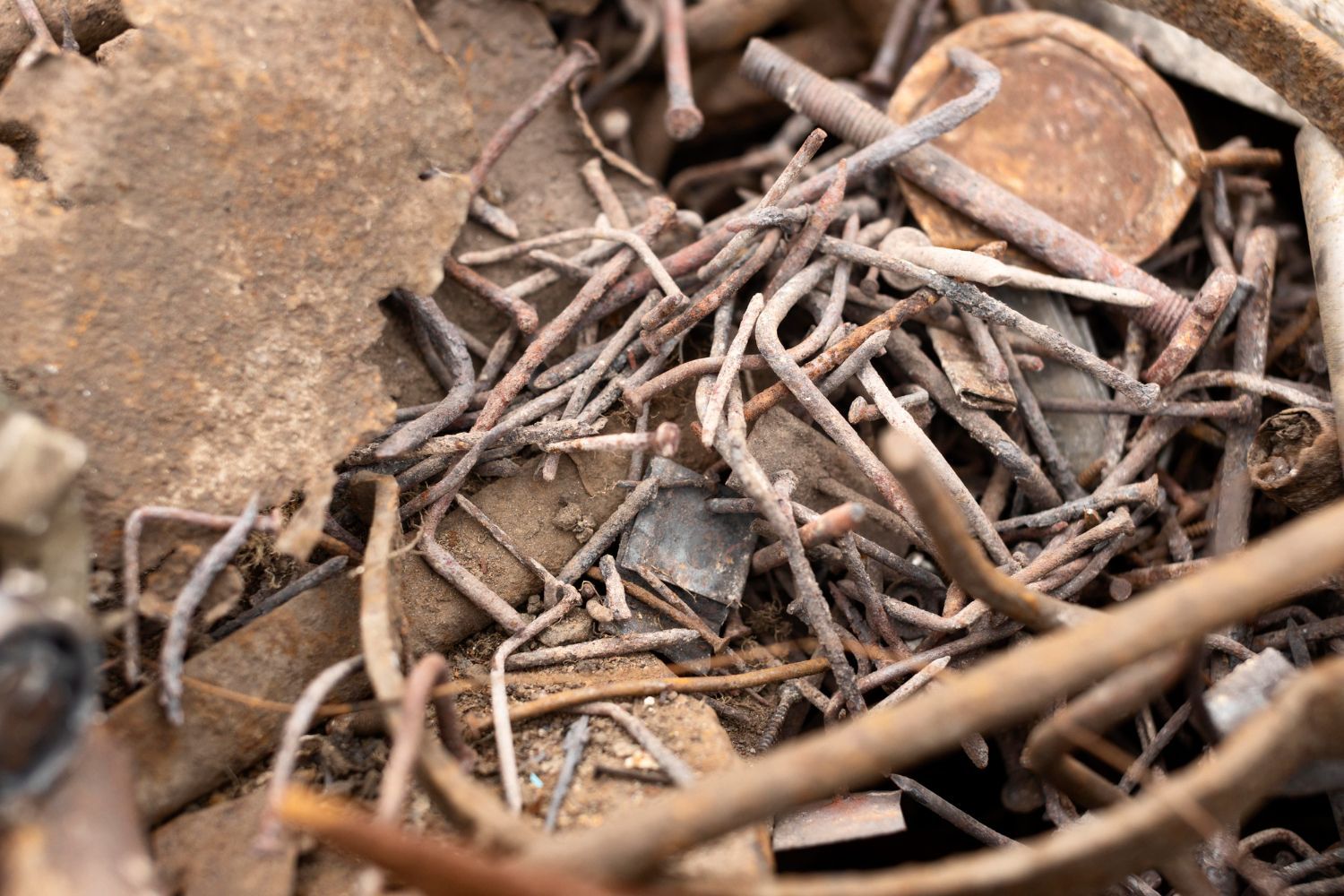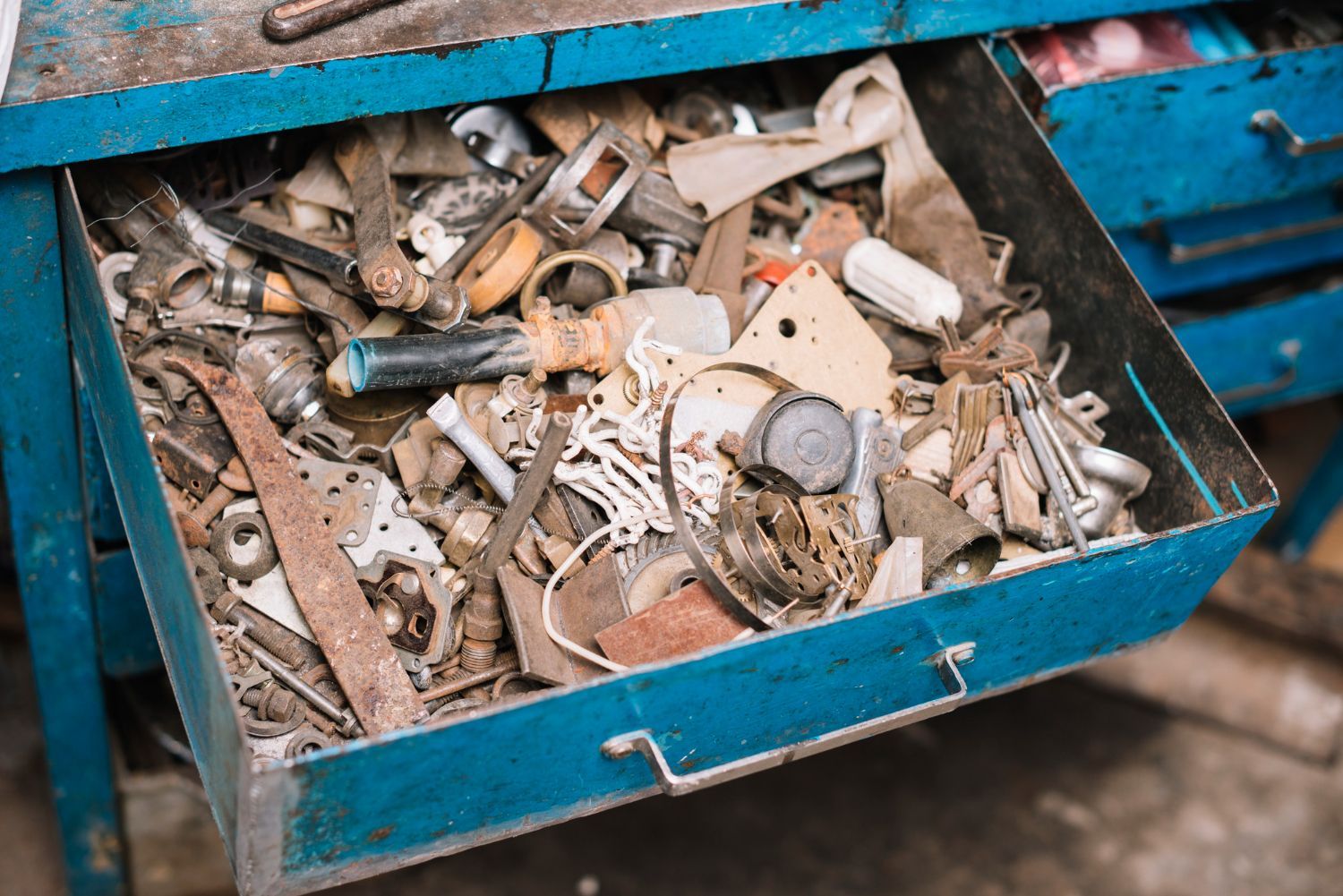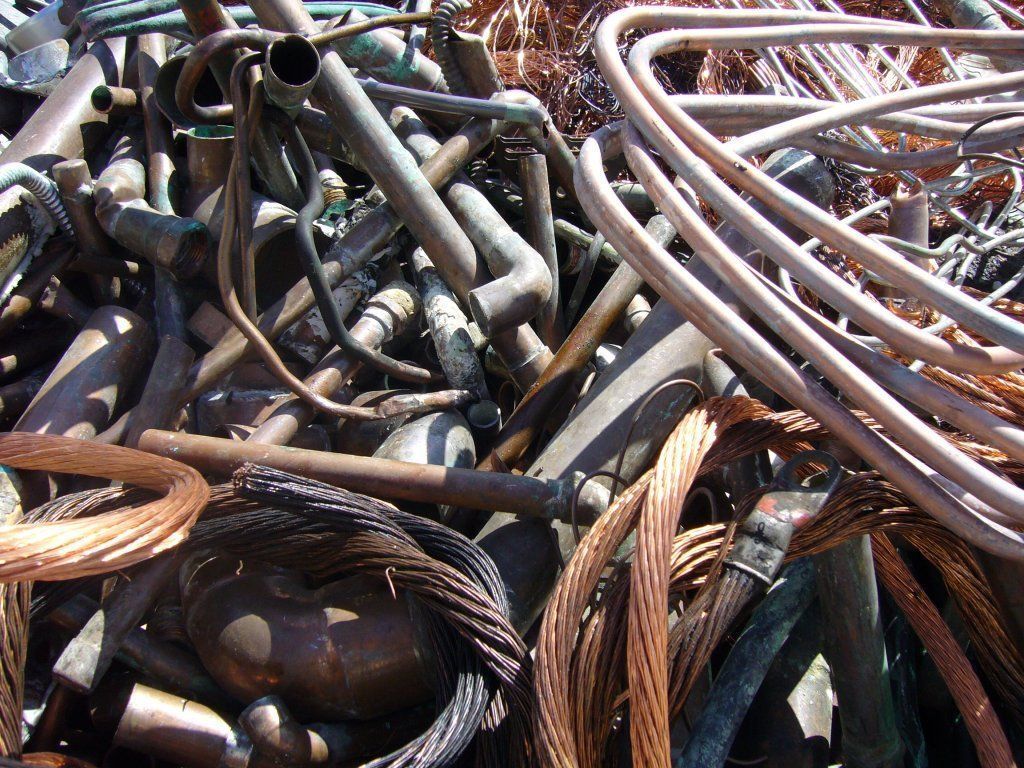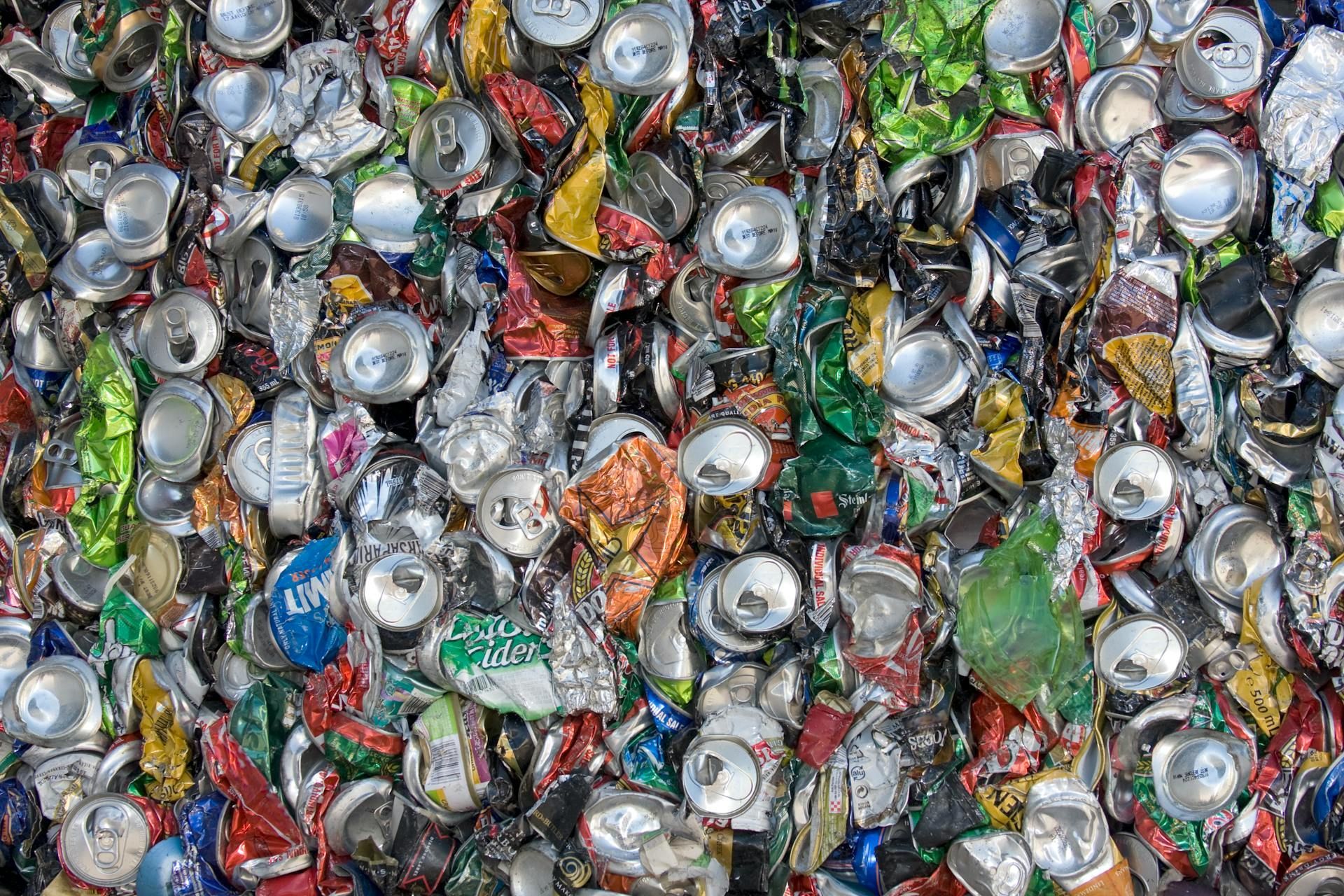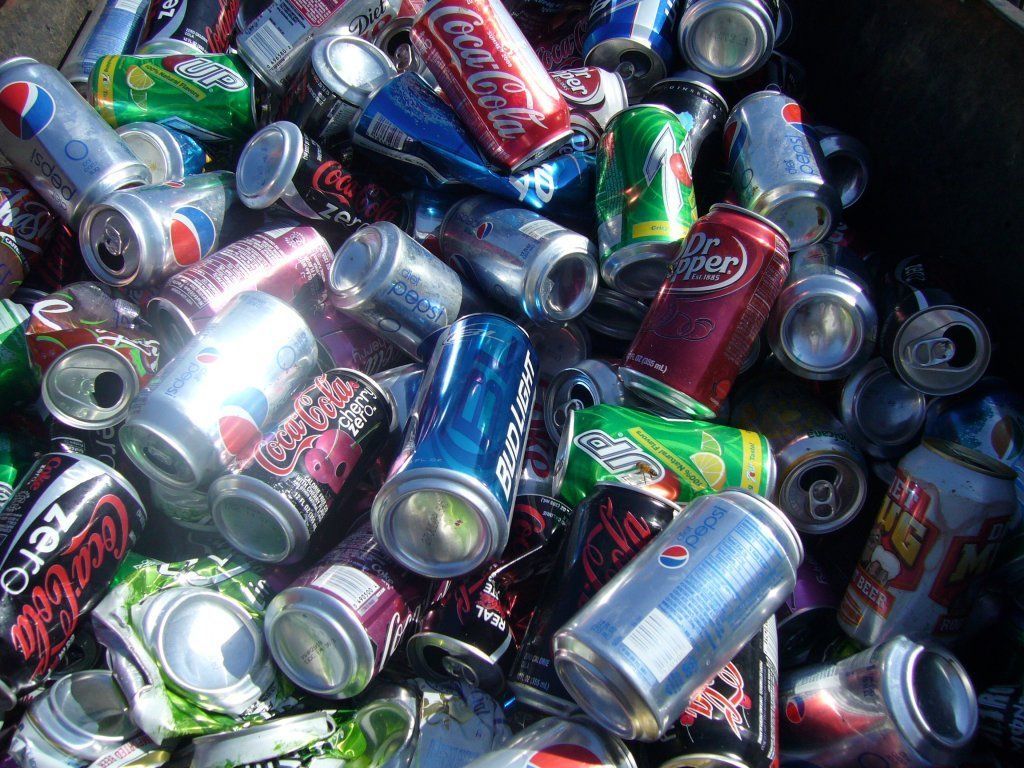Make Money and Save the Environment With Plastic Recycling
Plastic is easy to produce, cheap, lightweight, and has numerous uses in both domestic and industrial settings. However, this once wondrous product is today among the biggest threats to environmental sustainability.
Recycling plastic waste can free up landfill space, conserve energy and natural resources, and, for businesses, enhance corporate social responsibility. Depending on the quantity, recycling can also earn you some pocket change.
Learn more about recycling and get tips on receiving the most from your plastic waste.
1. Plastic Recycling Methods
The two common methods of recycling plastic are monomer recycling and heat compression recycling.
Monomer Recycling
Monomer recycling involves condensing chemical components in the plastic, known as polymers, with the goal of stabilizing the plastic. This way, the consumer can use the plastic for the same function or recyclers can recycle the plastic into the same material as the original plastic item. Monomer recycling can be costly and has waned in popularity.
Heat Compression Recycling
During the heat compression process, the recycler places clean but unsorted plastic waste in large rotating drums and uses heat to convert the waste into new plastic. Heat compression recycling has comparably fewer cost limitations, and many recycling plants use this method to recycle almost all types of plastics.
2. Plastic Recycling Steps
The process of recycling plastic waste involves several steps.
Sorting
Once you take your plastic waste to your local recycling plant, the recycler will separate the different types of plastics and group these for easier shredding.
Common categories of plastic include polystyrene, polypropylene, low and high-density polyethylene, PVC, and PET.
You can recycle almost all types of containers under these categories including plastic cutlery, yogurt and coffee cups, plastic bags, ice cream containers, soft drink bottles, shower gel and shampoo bottles, and milk containers among others.
Cleaning
Some recycling plants clean the plastic containers in-house but most will require that you clean your plastic containers before bringing them to the recycling plant. The in-house cleaning process generally entails washing the container and removing labels to improve the quality of the recycled byproduct.
Cutting
Next, the recycler loads the containers onto machines that shred the containers into small pieces. These pieces will undergo the actual recycling process to produce a finished product.
Testing and Melting
After shredding, the recycler will evaluate the quality of the pieces of plastics and place these into various categories before melting into new plastic products.
Plastic Recycling Money Tips
In addition to making a positive contribution to environmental conservation, recycling plastic waste can also earn you some money. Below are tips to help you get the most from your plastic waste.
Understand the California Refund Value
The California Refund Value (CRV)is the amount you receive when you bring your plastic bottles to a certified recycling plant. The amount you receive will depend on the weight of each container you bring.
Containers weighing less than 24 ounces may earn up to 5 cents each while those weighing more than 24 ounces may earn up to 10 cents each as of 2018.
The type of plastic you bring will also affect your profits. Clear plastic bottles generally earn up to $1.28 CRV while high-density polyethylene bottles earn an average of $0.58 CRV as of 2018.
Clean Your Containers
Recycling plants can pay less than the refund value if you bring dirty or contaminated bottles to the recycling center. Find out from your local recycling plant what the acceptable condition is for plastic recyclables.
Bring Large Quantities
Recycling is a numbers game — the more eligible plastic waste you bring to the plant, the better your returns will be.
Recycling plastic waste is a certainly a win-win for you, your community, and the environment at large. At Bruce Metal & Salvage , we offer CRV redemption for plastic containers as well as aluminum cans and glass bottles. Get in touch with us today for more information.





